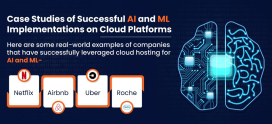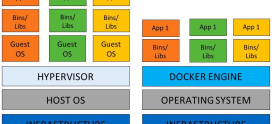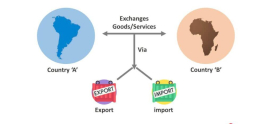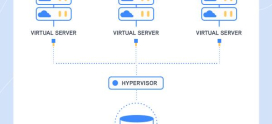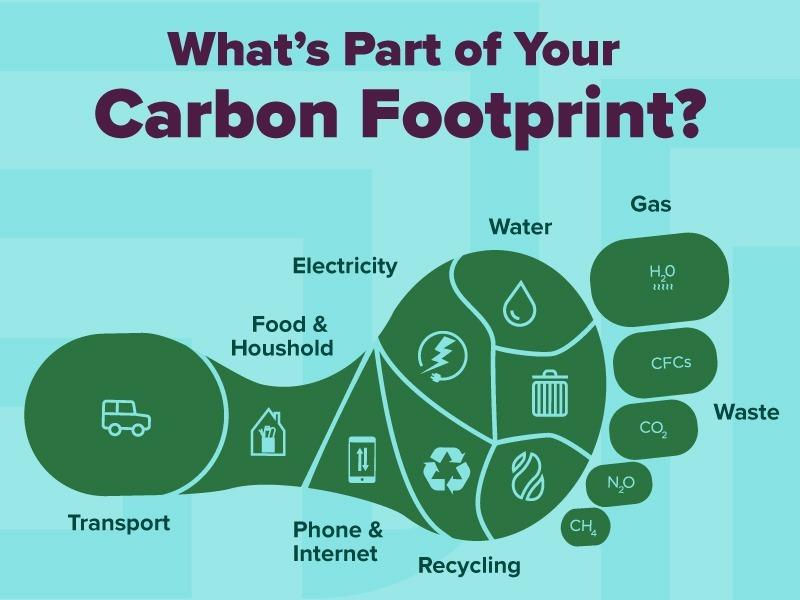
How to Minimize the Carbon Footprint of Data Centers
Imagine walking into a room thick with heat, filled with humming machines, all working tirelessly to process massive amounts of data. This is the reality of a data center. We rely on them for everything—from the websites we browse to the streaming services we love. But have you ever thought about the environmental impact of these powerhouses? If you’re feeling overwhelmed or concerned about climate change, you’re not alone. Many of us worry about our carbon footprint and are seeking practical ways to make a difference. What if I told you that data centers, though vital, could be managed in ways that minimize their carbon emissions significantly?
Reducing the carbon footprint of data centers might seem like a daunting task, and you might wonder how you can contribute. But here’s the thing: every small change adds up, creating a ripple effect that can lead to significant differences. Whether you work in IT, manage a facility, or even just use online services, there are actionable steps you can take. Let’s explore together how to make our digital world a little greener, without losing the convenience we’ve come to rely on.
Understanding the Carbon Footprint of Data Centers
The carbon footprint of a data center refers to the total greenhouse gas emissions produced by its operations. These emissions primarily come from energy consumption, where servers, cooling systems, and other hardware consume large amounts of electricity.
Why Does This Matter?
According to a study by the International Energy Agency (IEA), data centers accounted for around 1% of global electricity use in 2020, a number that continues to rise. This figure is alarming, especially when you consider the carbon emissions associated with producing that electricity. The burning of fossil fuels to generate power is a significant contributor to climate change. So, reducing that energy consumption isn’t just good for the environment—it’s crucial.
Energy Efficiency: The Cornerstone of Sustainability
A practical way to minimize the carbon footprint of data centers is through energy efficiency measures. By using less energy to run the same processes, we reduce the accompanying carbon emissions. Here are some effective strategies:
1. Upgrade to Energy-Efficient Equipment
Replacing older servers and components with energy-efficient models can have a profound impact. Modern hardware is designed with energy conservation in mind, often using 50% less energy than older machines.
2. Optimize Cooling Systems
Cooling systems are critical in data centers since servers generate a lot of heat. Traditional cooling methods can consume up to 40% of a data center’s total energy usage. Exploring alternatives like liquid cooling or free cooling systems can drastically reduce energy consumption.
3. Implement Virtualization
Virtualization allows multiple virtual servers to run on a single physical server, maximizing the utilization of hardware resources. This means fewer servers are needed, which leads to lower energy use.
Renewable Energy: Powering Data Centers Sustainably
Another vital area to consider is the source of the electricity powering the data center. Transitioning to renewable energy sources can dramatically cut down on carbon emissions. Here’s how:
1. Solar Energy
Many data centers are now using solar panels to generate their own electricity. This not only helps reduce reliance on fossil fuels but can also lead to significant cost savings in the long run.
2. Wind Energy
Utilizing wind energy is another excellent option. By powering data centers with wind turbines, facilities can harness clean energy and reduce their carbon footprint.
Smart Infrastructure: Future-Proofing Data Centers
Implementing smart technologies in data centers can lead to better energy management and efficiency. Here’s what to look for:
1. Monitor and Analyze Energy Consumption
Using software tools to monitor real-time energy use can help identify inefficiencies and optimize performance. This data can be pivotal in making informed decisions about operational changes.
2. Automated Systems
Automated IT systems can adjust cooling and power use based on demand. By ensuring that resources are only used when necessary, data centers can operate more sustainably.
Case Study: A Real-World Example of Sustainability
Let’s look at Google’s data centers, which have made remarkable strides in energy efficiency. By applying advanced cooling techniques and utilizing AI to optimize energy use, these facilities have achieved a 50% reduction in energy consumption compared to traditional data centers. They also purchase enough renewable energy to match their annual electricity consumption, making them carbon-neutral.
Encouraging Sustainable Practices in the Workplace
It’s not just up to the big companies to make a difference. Whether you’re in an office or working remotely, you can promote sustainability. Here are some tips:
1. Advocate for Green Policies
Encourage your workplace to adopt environmentally friendly practices, such as energy audits and sustainability initiatives.
2. Raise Awareness
Sharing information about the importance of sustainable tech practices can inspire your colleagues to take action, leading to significant change over time.
Community Involvement and Corporate Responsibility
Companies can’t tackle sustainability alone; community involvement is essential. Here’s how to support a greener future:
1. Partner with Eco-Friendly Organizations
Creating partnerships with organizations focused on sustainability can amplify efforts and bring about community awareness.
2. Offer Training Programs
Encourage ongoing education in green practices for employees, clients, and community members. Knowledge is a powerful tool for change.
FAQs
What exactly is a carbon footprint?
The carbon footprint measures the total greenhouse gas emissions caused directly or indirectly by an individual, organization, event, or product, typically expressed in carbon dioxide equivalents.
How do data centers contribute to carbon emissions?
Data centers contribute to carbon emissions primarily through their significant energy consumption, which is often generated by fossil fuels, leading to increased greenhouse gas emissions.
What are some practical ways individuals can reduce their carbon footprint related to data usage?
You can reduce your carbon footprint by: limiting streaming to lower resolutions, using cloud storage wisely, and supporting companies that prioritize renewable energy sources.
Are there any benefits to companies that invest in energy-efficient data centers?
Yes, benefits include reduced energy costs, enhanced public image, compliance with regulations, and contributions to environmental initiatives, which can also attract eco-conscious customers.
How can virtualization help in minimizing carbon footprints?
Virtualization allows for multiple server instances on a single physical machine, reducing the total number of physical servers needed, thus lowering energy consumption and cooling requirements.
What is the role of renewable energy in powering data centers?
Renewable energy sources such as solar and wind reduce dependence on fossil fuels, leading to a significant decrease in carbon emissions associated with energy consumption in data centers.
How can I contribute to sustainability in my workplace?
You can advocate for energy conservation practices, support sustainable policies, and educate others on the importance of reducing energy consumption and emissions.
What’s the future of data center sustainability?
The future of data center sustainability looks promising, with ongoing advancements in energy-efficient technologies, increased adoption of renewable energy sources, and a growing emphasis on smart management systems. These developments, combined with regulatory pressures and public demand for greener practices, will push the data center industry towards more sustainable operations.


